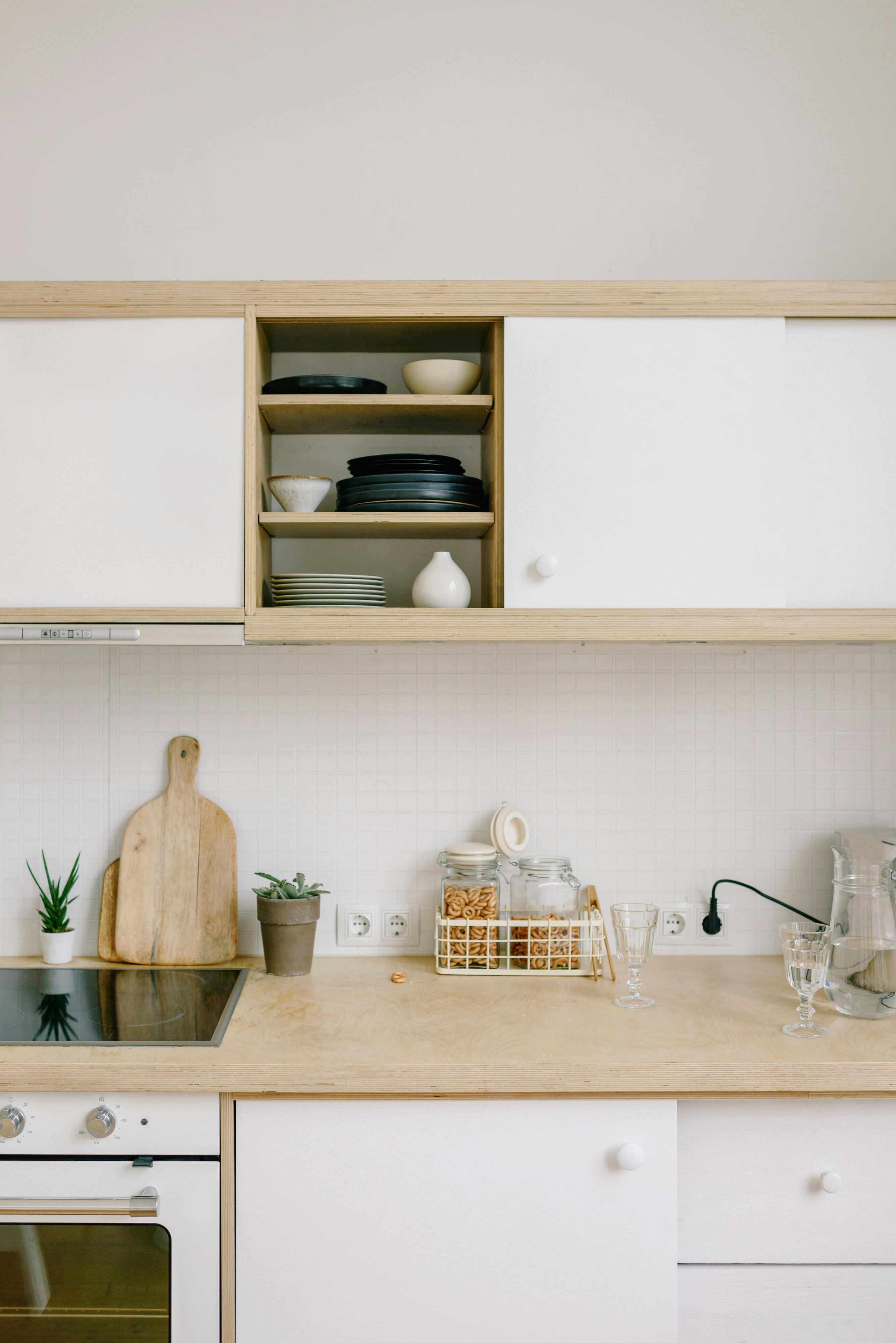
Apply Now


Understanding the Basics of Combination Locks
Combination locks have been a staple in security systems for years, providing a reliable method to secure belongings without the need for traditional keys. In today's world, where security is paramount, understanding how to use a combination lock effectively is essential. This article will guide you through the various types and functionalities of combination locks, enhancing your ability to use them safely and securely. Combination locks operate using a series of numbers, or a code, entered through a dial or keypad. When the correct combination is entered, the locking mechanism is disengaged, allowing access to the secured contents. The security benefits of these devices include their resistance to picking and the convenience of keyless operation. In 2025, the technology behind combination locks has evolved, leading to innovative designs such as digital and smart locks that offer enhanced safety features. This article will cover how to set and reset combination locks, operational techniques, troubleshooting tips, and advanced locking mechanisms. By the end, you'll have a comprehensive understanding of the best practices for using combination locks in various contexts, whether for personal, commercial, or travel purposes. Before delving deeper into the specifics of operation and security, let's explore the advantages of combination locks over traditional key locks. Combination locks eliminate the risk of losing a key, offer customizable codes, and are available in both mechanical and digital formats. With this foundational knowledge, we can move on to the key methods of setting up and using these ingenious locking systems.How to Set Up and Use a Combination Lock
With a clear understanding of the importance of combination locks, let's discuss how to set them up. Learning how to properly use a combination lock is crucial for effective security management. For any lock, the first step is setting your combination.Step-by-Step Process to Set a Combination Lock
Setting up a combination lock can vary between mechanical and digital types, but the general process remains similar. Here’s how to set a standard combination lock: 1. **Choose Your Combination**: Most combination locks allow for combinations between 3 to 6 digits. Ensure your numbers are memorable yet non-obvious. For example, avoid birthdays or sequential numbers. 2. **Initial Setup**: If it’s a new lock, you’ll often find a reset lever inside the shackle. Push it down while holding the shackle in an open position. 3. **Input Your Combination**: While the reset lever is held, input your chosen numeric sequence. 4. **Confirm the Reset**: Release the reset lever to secure your new combination setting. Make sure to test the combination twice to ensure it works smoothly. 5. **Document Your Combination**: Write down your combination and store it in a safe place. This avoids potential issues like forgetting the numbers later. (For a detailed overview, check out this [combination lock instructions](https://example.com)).How to Open a Combination Lock Smoothly
Opening a combination lock should be a straightforward process when done correctly. Here’s a guide on how to open a combination padlock: 1. **Clear the Lock**: Spin the dial several times to reset it before beginning. 2. **First Number**: Turn the dial to the right and stop at the first number of the combination. 3. **Second Number**: Turn the dial left, passing the first number once, and stop at the second number. 4. **Final Number**: Turn the dial right again to stop at the last number, and then pull up the shackle. Knowing the right technique can help ensure that you don’t fumble the unlocking process, which can lead to frustration or even a jammed lock.Common Mistakes to Avoid
Even as simple as combination locks are, users often make mistakes. Here are some common pitfalls: - **Forgetting the Combination**: Always ensure you have a backup method of remembering or storing your combination securely. - **Rushing the Process**: Take your time while dialing; rushing can result in misremembering or skipping a number. - **Jamming Locks**: If a lock becomes jammed, avoid excessive force. Instead, use appropriate techniques for troubleshooting. Mastering these actions not only enhances efficiency but also ensures the longevity of your lock by minimizing wear and tear.Maintaining and Troubleshooting Your Combination Lock
Proper maintenance is crucial for the longevity of combination locks. In this section, we will explore combination lock cleaning and essential troubleshooting techniques to ensure that your lock operates smoothly.Cleaning and Maintaining Combination Locks
Regular maintenance can prolong the life of your lock. Here’s how to clean a combination lock effectively: 1. **Dust and Debris Removal**: Use a soft brush or cloth to remove dust from the exterior and the dial. This prevents buildup that could jam the mechanism over time. 2. **Lubrication**: For mechanical locks, apply a small amount of graphite powder inside the mechanism at least once a year. Avoid oil, as it can attract dirt. 3. **Check the Mechanism**: Periodically test the lock to ensure the mechanism moves freely. A lock that's hard to turn may need attention. 4. **Battery Check for Digital Locks**: If you own a digital combination lock, check the battery at regular intervals. Changing the battery proactively can help avoid a lockout scenario. For further information on effective lock cleaning, visit our [combination lock maintenance](https://example.com) guidelines.Common Troubleshooting Techniques
While combination locks are generally reliable, issues can arise. Here are some common problems and their solutions: - **Lock Won't Open**: If your lock is not opening, ensure you’ve entered the combination correctly. Double-check for any misdialed numbers. - **Resetting Issues**: If you’ve forgotten the combination and need to reset the lock, consult the user manual, or consider contacting the manufacturer for guidance on reprogramming. - **Jammed Mechanisms**: In case of a jam, try gentle tapping and slowly turning the dial before reassessing the combination. Assessing these situations can save you time and prevent a complete lockout.Exploring Different Types of Combination Locks
In today's security landscape, combination locks come in varying styles and mechanisms, each serving unique functions.Mechanical vs. Digital Combination Locks
Understanding the differences between mechanical and digital locks is essential in choosing the right lock for your needs. - **Mechanical Combination Locks**: These locks employ a dial and internal rotating discs. They are generally simpler, requiring no batteries and providing reliable performance in almost any environment. - **Digital Combination Locks**: Often easier to use, digital locks feature a keypad and may incorporate security measures like two-factor authentication for enhanced safety. However, they require battery maintenance, which can lead to failures if overlooked. Both types have their advantages depending on the application, from portable combination locks for travel to commercial-grade locks for businesses. Evaluating your requirements can help you select the perfect type.Specialized Combination Locks for Unique Needs
Various locks are designed for specific applications, such as: - **Portable Combination Locks**: Ideal for travelers securing luggage. - **Bike Combination Locks**: Provide security for bicycles against theft. - **Hotel Combination Locks**: Specially designed for guest use, often featuring temporary codes for convenience. Recognizing the unique features of each lock type allows for informed decision-making regarding purchases and usage.Best Practices for Using Combination Locks
To maximize the security advantages of combination locks, adhering to certain best practices is essential.Strategies for Securing Your Belongings
Adopting effective combination lock strategies can bolster your security. - **Change Combinations Regularly**: To enhance security, consider changing your combination at regular intervals. This is particularly crucial if you've shared it with others. - **Avoid Common Patterns**: Steer clear of standard number combinations (e.g., 1234) to reduce the likelihood of unauthorized access. - **Use Locks Suited for the Environment**: Different environments necessitate different locks. Opt for waterproof locks for outdoors and durable locks that withstand tampering. For comprehensive security, these strategies integrate well into any locking system you choose, adding layers of protection.Conclusion: Ensuring Security with Combination Locks
Mastering the use of combination locks equips you with essential skills to safeguard your belongings. Throughout this article, you've learned how to set, operate, maintain, and troubleshoot various types of combination locks. Remember that regular maintenance, understanding the different types, and implementing best practices are vital for securing your possessions. Embracing these practices not only helps in enhancing the security features of your locking systems but also ensures a safer, more efficient overall experience with your locks. With 2025 bringing technological advancements, being informed about combination locks can lead to better security outcomes. For those seeking more insights, consider reviewing our comprehensive [combination lock educational guide](https://example.com) to further enhance your knowledge and skills in security measures.
